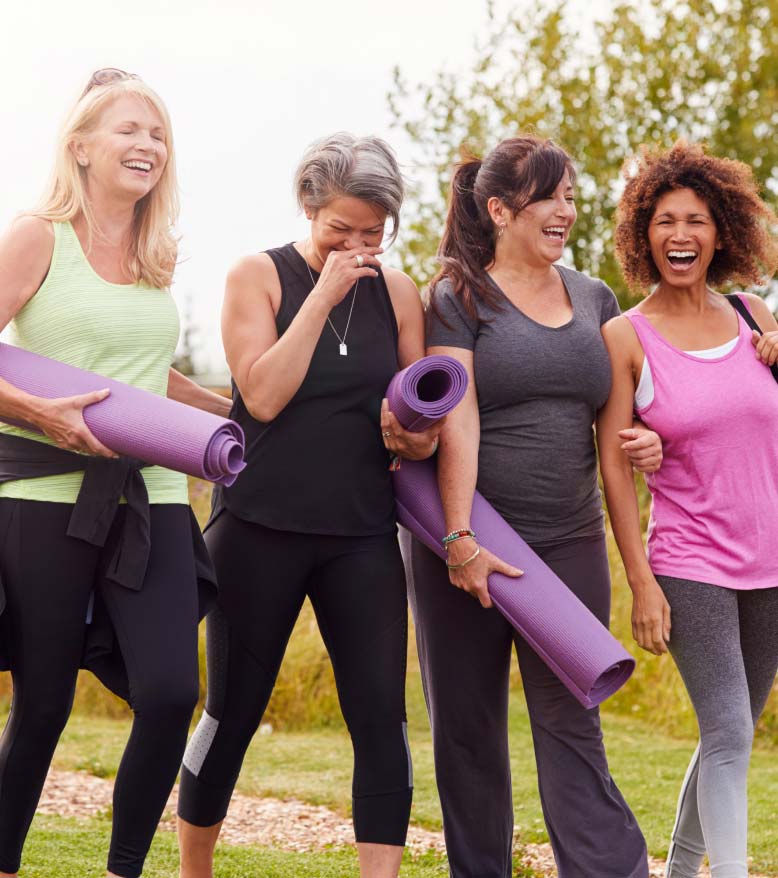Facts And Falls: A Sharp Uptick In Deadly Falls Among Older Adults

Facts And Falls: A Sharp Uptick In Deadly Falls Among Older Adults
June 25, 2025
You’ve likely read the statistics and maybe have been one of them yourself: Every year, millions of older adults fall. If they’re lucky, they get by with just a few scratches and a bruised ego. If they’re less fortunate, they may experience a broken bone or perhaps a concussion, either of which could lead to more serious complications. But a growing percentage of those who fall every year actually die as a result. According to a new report issued by the CDC, the number of deaths resulting from unintentional falls among adults aged 65 and older is surging in the United States. The rate has been rising since 2003, and the analysis from data collected in 2023 has now been reported, and it is not good news. According to the report, more than 41,000 US adults aged 65 and older died because of a fall in 2023, with more than half of those deaths occurring in adults aged 85 and older. From 2003 to 2023, there was a 70% increase in fall-related deaths among those 65-74, and among those aged 75-84, there was a 75% increase. For those 85 and older, the number of deaths during that period more than doubled. The reasons for these significant increases are unclear, and what’s also puzzling is that the vast majority of fall-related deaths occurred among white people, with Black older Americans having the lowest fall-related death rate. The death rate also varied from state to state, possibly because of varying degrees of reporting and categorization.
While we have no definitive cause for this increase in death rates due to falls, we certainly do know what puts you at risk of falling (which is the most common reason for injuries among older adults in the US). Everything from medication side effects, to weak muscles, to balance problems, to vision or hearing impairment, to trip hazards in the home, all put you at risk for a serious fall. If you’ve previously fallen, you are at double the risk of another fall. We also know that fall prevention assessments and strategies can make a big difference. Regarding assessments, older adults are advised to get a yearly assessment, which can be part of their annual Medicare wellness visit. Fall risk assessments are also supposed to be required as a part of the Welcome to Medicare first visit. However, either due to physicians not offering them or not being trained to undertake them, very few Medicare recipients actually undergo a fall-risk assessment. (And there is some concern that an upcoming Supreme Court decision could make these assessments, and the therapeutic services offered as a result, unattainable for many seniors, as they may be required to once again contribute a co-pay to access fall assessments and fall-prevention services.)
We also know that exercises to improve strength and balance can go a long way toward lowering your risk of a serious fall. We know that balance begins to decline as early as your 50s, and that specific, targeted exercises focused on balance are valuable beyond your cardio and strength exercise routines. US News recently published a list of 10 exercises that will specifically help lower your fall risk, including such basic exercises as tandem walking, sit-to-stands, heel raises, and the Yoga position, Child’s Pose. To find out the details of each exercise recommended, find a chair, spread out your yoga mat, and click here.
There’s no doubt that many of us experience a sense of shame or embarrassment if and when we fall. While falling is a common occurrence as you get older, that sense of shame may leave you feeling vulnerable and fearful and may inhibit you from staying active (which is ironically an important factor in lowering your risk of a future fall). Writing in a recent post in Next Avenue, Hilary Hattenbach described her own recent fall and her feeling that “a fall signals a failure at aging successfully.” Yet at the same time, experiencing a fall may be the catalyst you need to take your fall risk seriously and find a strategy to keep yourself safer. Or, as US News Contributor Tim Smart recently revealed in his own story about falling, his fall was a “blessing in disguise” because it led to a diagnosis of a sensory balance problem that was amenable to treatment. And it provided him with a new mantra: “Go slow or go to the hospital.” Or a fall may convince you that you need a bit of assistance and finally lead you to using a cane or walker. While that may leave you feeling discouraged or dependent, writer Susan Apfel has a more positive story to tell of how her decision to start using a cane has led her to some happy conversations and positive interactions with strangers. So do whatever you need to stay steady and upright, and read more of her story here.







